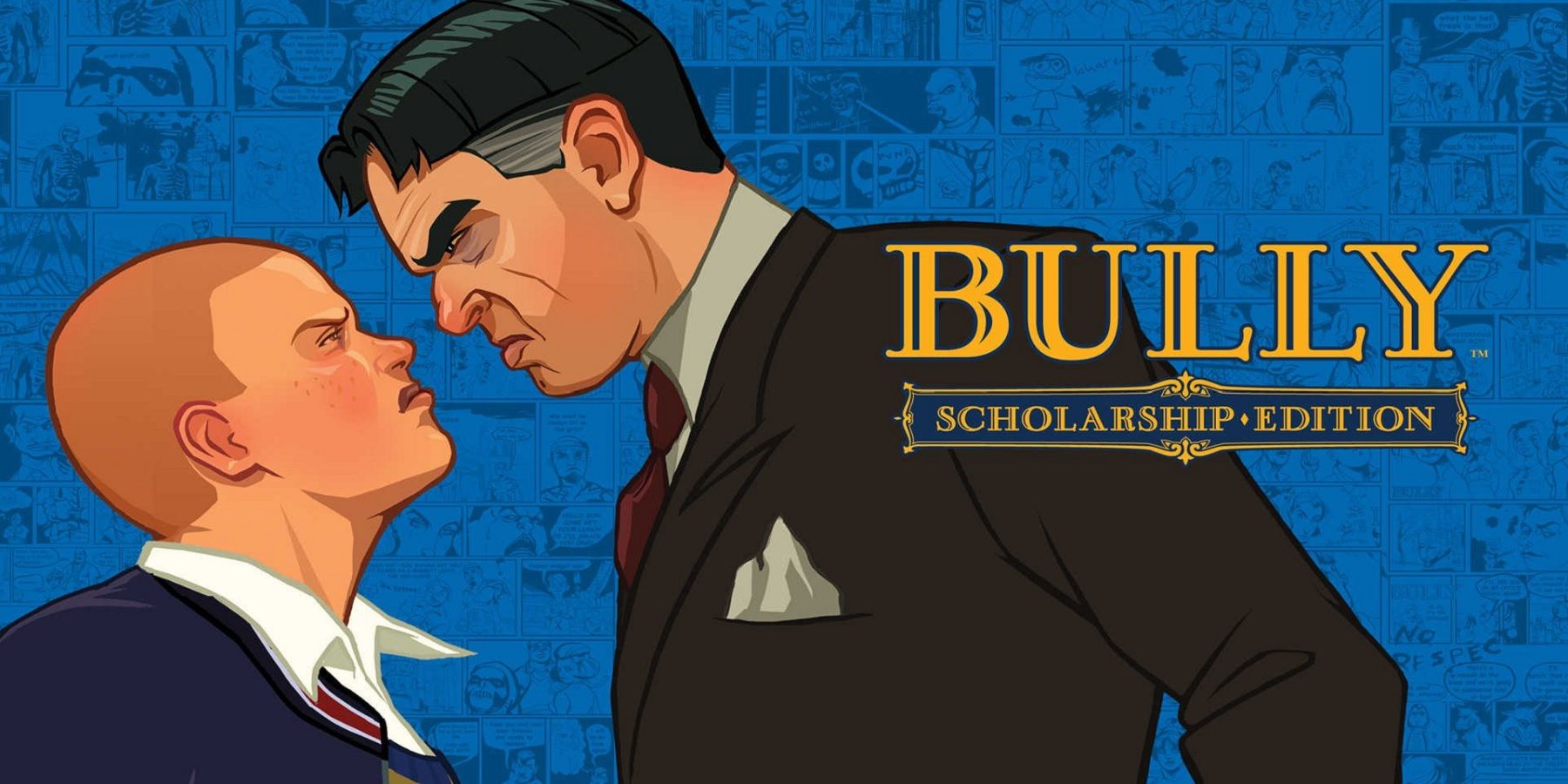
Bully is one of the most memorable standalone releases from veteran development studio Rockstar, known for super-long-running franchises like GTA and Red Dead Redemption. With its unique setting and surprising concept, the title was clearly a big risk that paid off, considering it has a cult following to this day.
Bully still has a legion of fans and there are constant rumors of a long-awaited sequel, but the game was originally released in 2006 and is quite outdated. However, looking back at the title as a whole, there are some parts that are surprisingly forward-thinking, yet also very unique.
The Unique Nature of Bully

Bully maintains the famous Rockstar formula of third-person open-world gameplay with a quest giver and applies it to a very harsh boarding school context. In this title, players take control of Jimmy Hopkins, a 15-year-old freshman at Bullworth Academy, who must come to terms with the cold, unforgiving nature of the school.
With violent violence as the primary gameplay element and involving underage characters in a mostly educational setting, it is no wonder that Bully was initially met with great controversy upon its release in 2006. The game was briefly rebranded to be known as the Canis Canem Edit, which led to a greater appreciation for the truly nuanced nature of the game’s narrative, and Bully has since come to be recognized as a very unique, yet immersive gaming experience.
How Bully Has Aged Since 2006

Bully was released in 2006 during the PS2 era, so its graphics probably aren’t the most dated. While many remember the game’s release as visually appealing, a revisit in 2022 will likely reveal the title’s graphics to be outdated.
Bully’s story is, in some ways, a product of the era in which it was written. Some aspects of it, such as a scene in which Bully’s antagonist Gary dresses up in a Nazi uniform for Halloween, would undoubtedly be considered offensive from a more modern perspective. Still, there are many aspects of Bully’s themes and story that are very progressive and forward-thinking for the era in which it was written.
Bully is a far cry from the early misconception that its title was “Bully Simulator.” In fact, Bully tells a story of breaking down social barriers often erected by class differences and differing interests. Bullworth’s student society is made up of various factions, all of which have significant animosity towards one another. It is the player’s role to earn the respect of each group and demonstrate the benefits of open-mindedness and inclusivity.
Other elements of Bully that have aged surprisingly well include Jimmy Hopkins’ apparent bisexuality, allowing him to kiss both male and female students in the game. Given the almost complete absence of non-heterosexual representation in games of this period, the presence of such character elements in Bully’s protagonist is a great indicator of how surprisingly well the game has aged from a social perspective. Although Bully’s release date of 2006 means it’s increasingly outdated in terms of graphics and certain storyline, Rockstar’s school-themed action-adventure title still has some very noteworthy strengths.

Leave a Reply